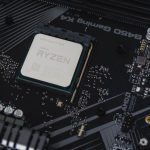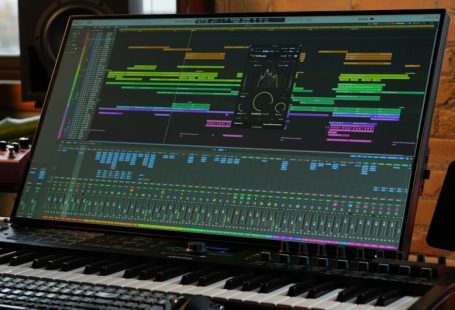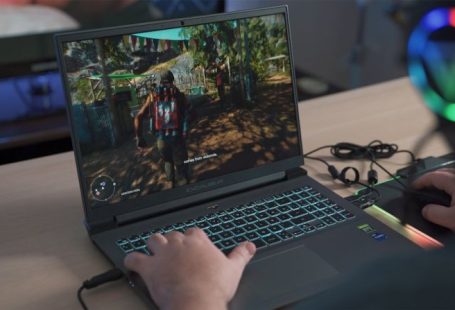In today’s fast-paced world, the need for portable micro PCs has become more prevalent than ever. These compact devices offer the convenience of mobility and functionality on the go, making them a popular choice for professionals, students, and tech enthusiasts alike. One crucial aspect that users often prioritize when it comes to these devices is battery life. Maximizing the battery life of a portable micro PC can significantly enhance its usability and ensure uninterrupted productivity. In this article, we will explore effective strategies for optimizing battery life in portable micro PCs.
Understanding Power Settings
One of the fundamental steps in optimizing battery life on a portable micro PC is to understand and customize power settings. Most operating systems offer power management options that allow users to adjust settings according to their preferences. By tweaking power settings, users can regulate the usage of certain components such as the display brightness, CPU performance, and background applications, all of which have a direct impact on battery consumption.
Dimming the Display
The display is one of the most power-hungry components of a portable micro PC. By reducing the brightness of the screen, users can extend the battery life significantly. Lowering the brightness to a comfortable level not only conserves power but also reduces eye strain, especially during prolonged usage. Additionally, enabling the adaptive brightness feature, if available, can automatically adjust the screen brightness based on ambient lighting conditions, further optimizing power consumption.
Managing Background Applications
Background applications running on a portable micro PC can drain the battery even when not in active use. It is essential to regularly monitor and close unnecessary applications and processes that may be running in the background. Users can use task manager tools to identify resource-heavy applications and terminate them to conserve battery power. Disabling auto-start programs and notifications can also prevent unnecessary power drain and improve battery life.
Optimizing CPU Performance
The Central Processing Unit (CPU) of a portable micro PC plays a significant role in power consumption. Users can optimize CPU performance by adjusting power settings to prioritize energy efficiency over high performance. Setting the CPU to operate at lower speeds or limiting the number of active cores can reduce power consumption without compromising overall system performance. Additionally, installing software that monitors and manages CPU usage can help regulate power consumption effectively.
Utilizing Power-Saving Modes
Most portable micro PCs come equipped with power-saving modes that are designed to extend battery life. Users can take advantage of these modes by selecting the appropriate power plan that aligns with their usage requirements. Power-saving modes typically adjust system settings to minimize power consumption during periods of inactivity or low usage. By utilizing these modes, users can significantly prolong battery life without sacrificing functionality.
Optimizing Battery Health
Maintaining the health of the battery is crucial for ensuring long-term performance and maximizing battery life in portable micro PCs. Avoiding extreme temperatures, both hot and cold, can help preserve battery health. It is also recommended to avoid overcharging the battery or letting it drain completely, as these practices can diminish battery capacity over time. Regularly calibrating the battery by fully charging and discharging it can help optimize its performance and longevity.
Conclusion: Sustaining Portable Power
In conclusion, optimizing battery life in portable micro PCs requires a combination of thoughtful customization and mindful usage habits. By understanding power settings, managing display brightness, controlling background applications, optimizing CPU performance, utilizing power-saving modes, and maintaining battery health, users can effectively prolong the battery life of their devices. Implementing these strategies not only enhances productivity and convenience but also contributes to a sustainable and efficient portable computing experience.





